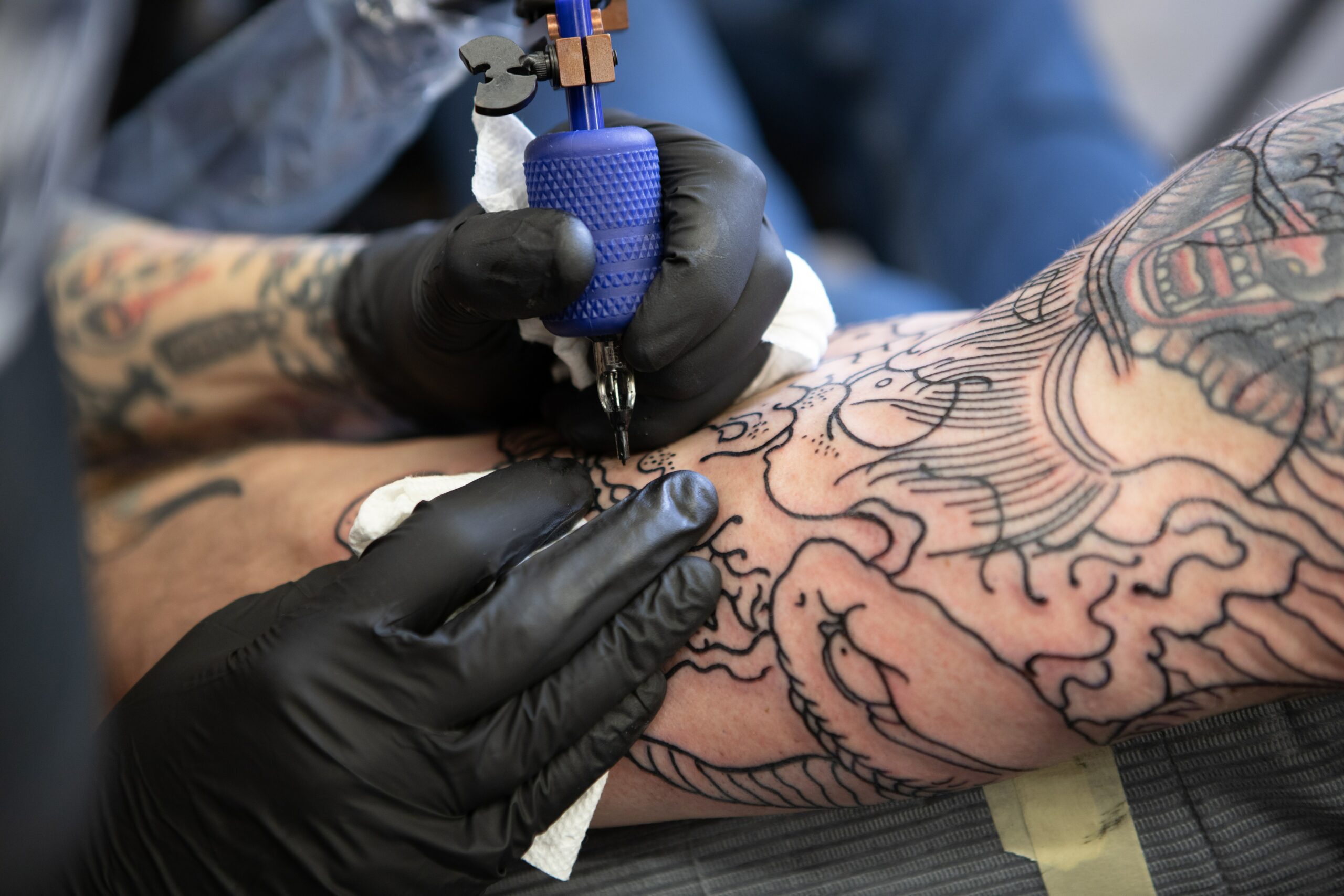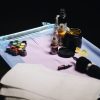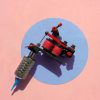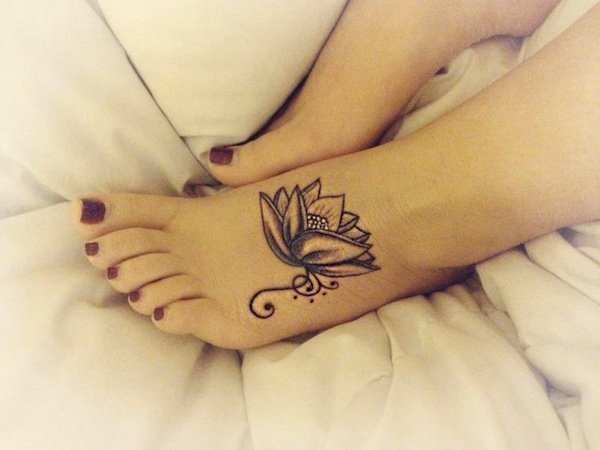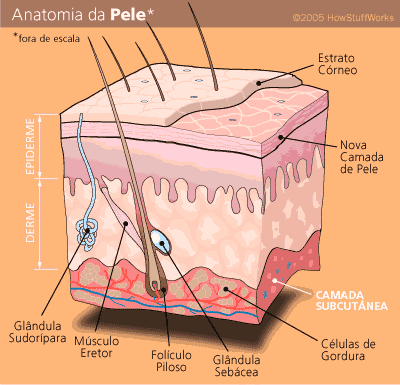
What we see from tattoos is what is in the epidermis, the top layer of the skin, while in fact the ink is in the second layer, the dermis.
Since the dermis has even more stable cells than the epidermis, the ink stays in place, causing the tattoo to suffer minimal changes (fading, increasing the thickness of the strokes).
The tattoos Nowadays they are done with machines powered by an electric motor and controlled by a foot pedal that regulates the intensity and speed of the needles. The machine must also have a sterilized needle and a special tattoo ink.
Make sure that the studio where you will be tattooing disposes of used needles, preserve your health. The needle penetrates the layer of your skin to fix the ink.
During the performance, the tattoo artist will clean your skin with water and a paper towel, which, besides cleaning the excess blood and ink, usually refreshes the site a little and relieves the pain of the tattoo.
Once the process is finished, he will clean your skin and must make a bandage, which can use several different types of moisturizers or ointments (Bepantol, Long Life Tatoo are the most popular) and will cover it with film paper, which must be removed within a short period, around 2 hours.
Another method of getting a tattoo, is Tebori, a traditional oriental technique.
Learn more about Tebori

